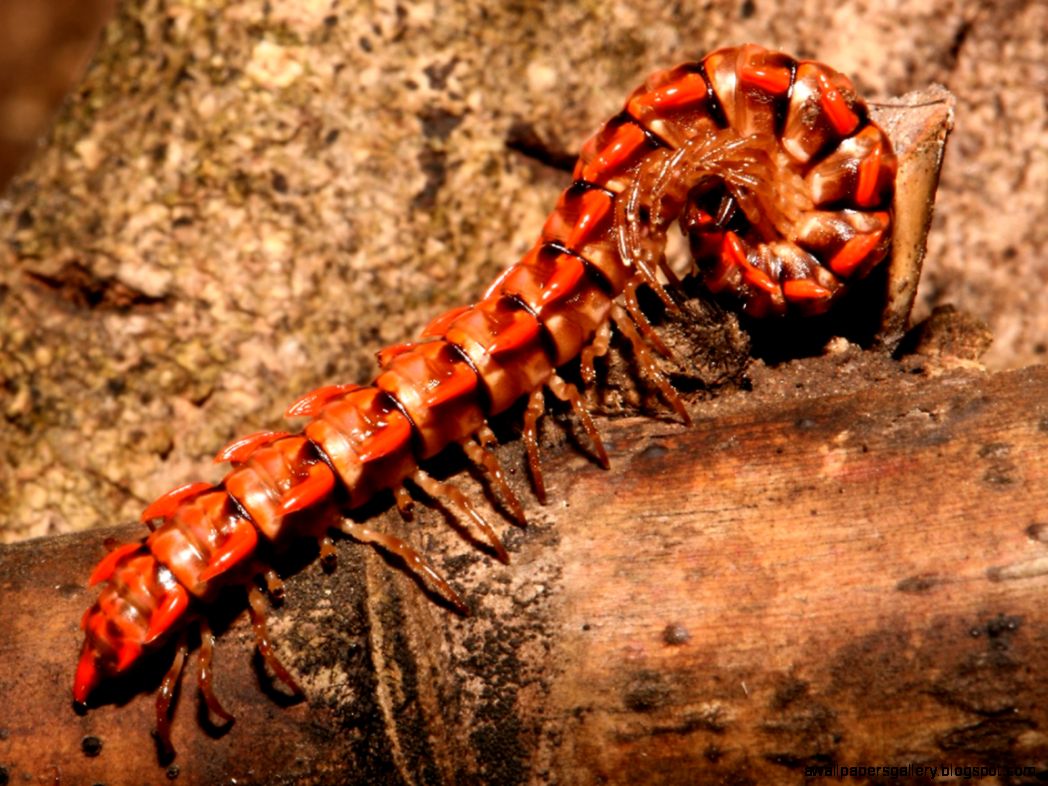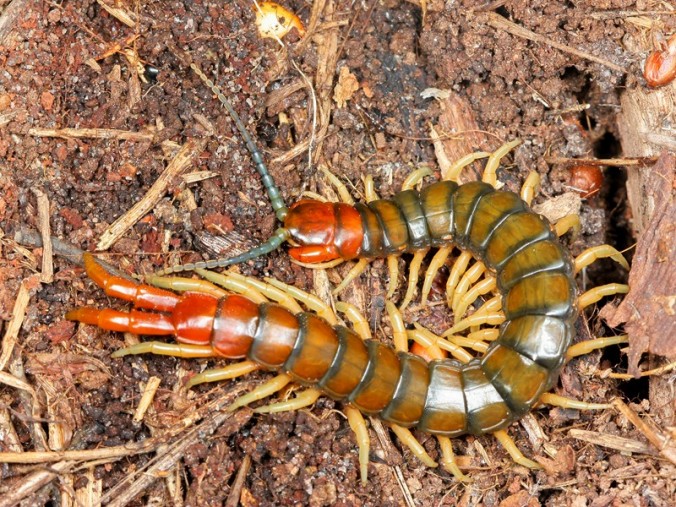
Millipedes have numeous legs but - contrary to what the name suggests - there is not one single species reaching a thousand legs. Both types are often found by overturning stones, rocks and logs. The longer species are usually yellow and live under the ground. Short ones, usually brown in colour are fast runners. In Western Europe we usually see two types of centipedes: short and long species. Some of these big species can be well kept in a terrarium where they may reach the age of ten years. The biggest centipedes live in South America and may grow to a length of some 30 centimeters. It is not lethal except for people with a specific allergy. The bite of the largest species is dangerous even for humans. They are capable of injecting a poison into their prey to paralyze it. Given the right living conditions a woodlouse may live up to two years.Ĭentipedes have one pair of legs on each segment of their body.

Along with earth worms and millipedes, woodlice are important natural recyclers of waste organic material. All woodlice hardly ever feed on living plants.

It is common to find several species together. The best places to look for woodlice are damp old cellars, or under rocks and logs. The smallest is around 0.5 centimeters, the biggest species dies not exceed 2 centimeters. Woodlice make up an uniform group of small animals. Woodlice is therefor always found in wet habitat. Woodlice breath through lungs on their hind legs These lungs must always be kept moist, otherwise they don't work. They represent the only crustaceans living on land during their whole lifecycle. Actually they are crustaceans and thus related to crabs, shrimps and lobsters. Woodlice are not related to centipedes and millipedes at all. The young of both centipedes and millipedes are called nymphs. Centipedes are closely related to insects. There are significant differences between both groups. However, centipedes and millipedes are not closely related. The 'little crawlers' centipedes, millipedes and woodlice are all arthropods.Ĭentipedes and millipedes both are similarly shaped and their striking feature is a large number of legs. Use of commercial and trade names does not imply approval or constitute endorsement by UNL Extension.Centipedes, Millipedes and Woodlice (Myriapods and Isopods) Be sure to read and follow label directions when using any insecticides. The safest and most environmentally sound way to control millipedes and centipedes already in the house is to step on them and vacuum or sweep them up.ĭamp hiding places can be treated with indoor insecticides labeled for this use. Insecticides will only help reduce the number of millipedes you find. Note: You should not expect insecticides to stop all of the millipedes from entering the home. People and pets should stay off wet insecticides, but can safely walk on the yard once the insecticide is dry. Carbamate insecticides (Baygon®, Ficam®, Sevin®) are recommended for outside control of millipedes because they are fast-acting. Do not forget to treat the exterior basement wall, window frames and door sills. Outdoors, you may wish to treat a 10-15 foot strip around the house perimeter with an insecticide. Remove mulch and dead vegetation adjacent to the house. Removing the organic debris or mulch materials near your home will help reduce the potential for invading millipedes.

Overmulching and/or overwatering in the garden can result in millipede attack on vegetable plants. Millipedes live in organic matter (leaves, mulch, piles of wood or wood chips) and other material close to the house. Once inside the home, they usually die due to desiccation, although in moist basements, they can survive longer. Because they crawl along the ground, they are usually found in lower floors and basements. In the fall, they may become a nuisance because they migrate away from feeding areas and invade homes.

Millipedes are usually restricted to moist places where they feed on organic matter. They usually coil up when disturbed, similar to the behavior exhibited by sowbugs or pillbugs (a related invertebrate). The elongated body is rounded, no flattened, and they have no poison claws or legs. See photo below) Millipedes are usually brown to blackish in color. Some people mistakenly refer to them as "wireworms." (Wireworms are the larval stage of a beetle that feeds on roots of plants. Millipedes are similar to centipedes, but have two pairs of legs per body segment. If they are plentiful, there may be an underlying moisture problem that should be corrected. When they are found in homes, they are often found in moist basements, damp closets and in bathrooms. When disturbed, centipedes move swiftly toward darkened hiding places. This centipede can be found outside under stones, boards, or sticks or beneath moist leaf litter and other organic matter. The house centipede is found throughout the United States. Although harmless, millipedes become a nuisance


 0 kommentar(er)
0 kommentar(er)
